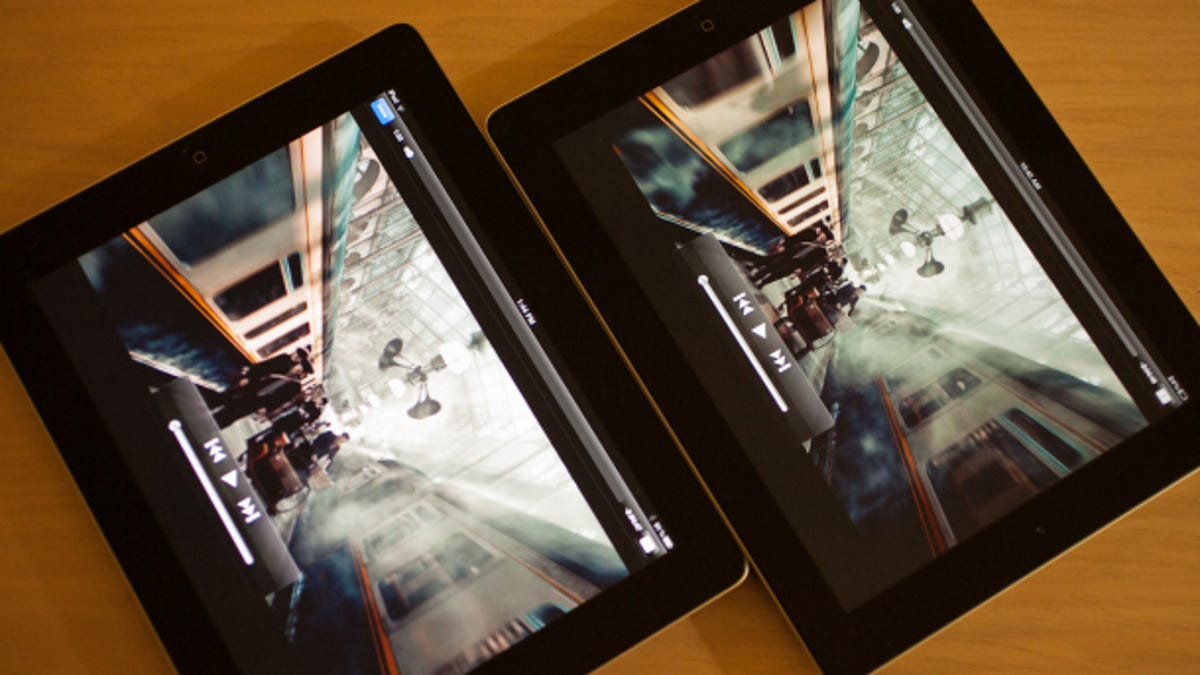Researcher: US to devour more media digitally than on TV
This year, people will watch more media online and on devices than on televisions for the first time, though mostly because everyone is watching more media total, market research firm eMarketer estimates.

If the obesity epidemic weren't clue enough, new estimates about U.S. media-viewing habits underscore that Americans are a lazy bunch. And it may be music to the ears of of pay-TV providers.
Average time spent with digital media per day will surpass TV-viewing time for the first time this year, researcher eMarketer estimated in a report Thursday. That's largely because the total amount of time spent with media has increased every year, though daily digital media consumption is expected to rise 16 percent this year versus a slight decline in TV consumption of less than 3 percent.
Most of the increase in digital viewing is on mobile devices, which are quickly becoming the go-to place to watch entertainment.
According to the estimates, the average U.S. adult will spend 5 hours and 9 minutes a day online on nonvoice mobile activities or with other digital media this year, compared to 4 hours and 31 minutes watching television.
A quirk of the study is how it calculates multitasking. Consumers who spend an hour watching TV while also toying with a tablet, for example, would be counted as spending an hour with TV and an additional hour on mobile.
It's the second report this week indicating that while people are turning more to digital media options, they aren't necessarily turning away from the traditional means of watching TV and movies. A study Monday from TiVo Research and Analytics found that households that subscribe to Netflix watch basically the same amount of traditional television as non-Netflix households.
The studies shore up what pay-TV providers have been insisting, that the phenomenon of cord cutting is at the fringes. Cord cutters are those who forsake traditional pay television for Internet video services. While the trend is growing -- Nielsen earlier this year found "Zero TV" household have more than doubled since 2007 -- cord cutting still only represented about 5 percent of the U.S. population in that analysis.

